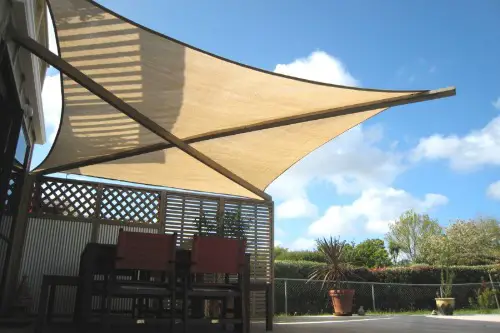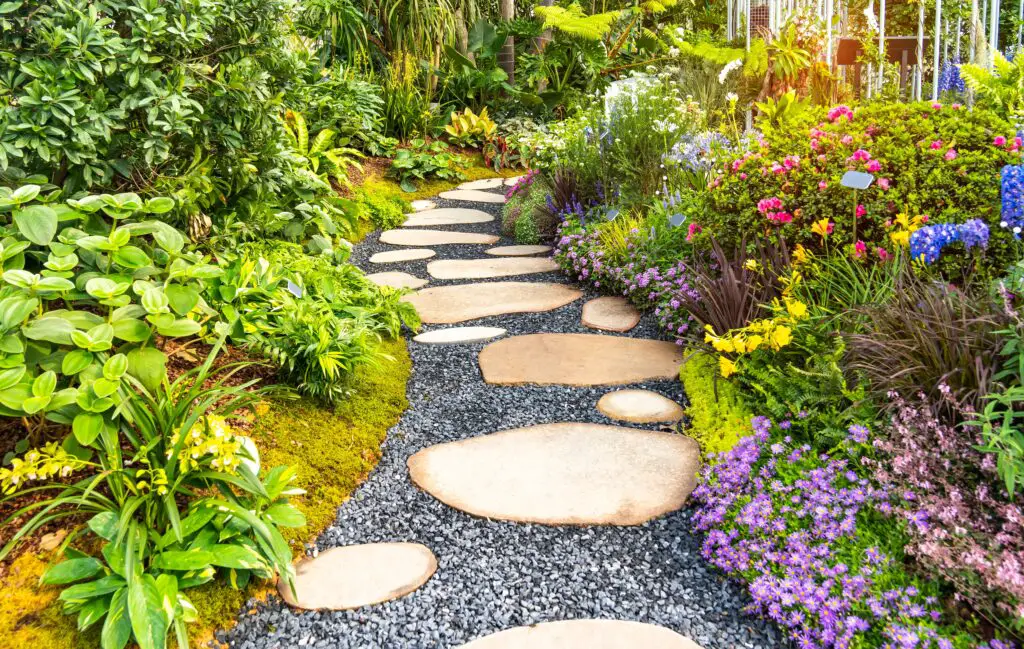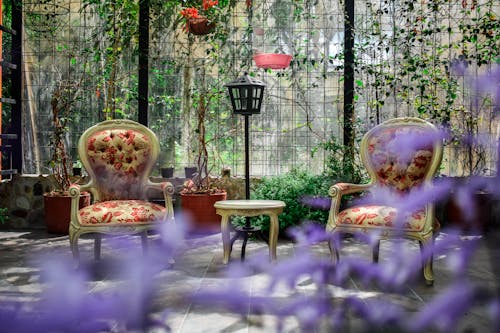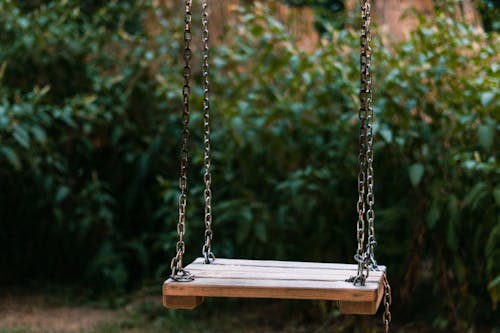1. Shaded Areas with Natural Materials

Sunlight is wonderful, but too much of it can be overwhelming—especially for individuals with sensory sensitivities. Creating shaded spaces using natural materials like wood pergolas or leafy trees gives the eyes and skin a break from direct sun. These areas offer a calming refuge where someone can regroup without needing to leave the outdoor space entirely. Think of it like a reset button in a garden.
The texture and color of natural materials also play a big role in sensory regulation. Rough wood, soft moss, and the coolness of stone can all be grounding when someone needs a tactile anchor. It’s important to use non-toxic, low-allergen materials to avoid triggering other sensitivities. When designed thoughtfully, these shaded nooks provide a subtle but powerful sense of safety.
2. Quiet Zones with Sound Buffering

Outdoor spaces can get noisy—lawn mowers, barking dogs, even just the wind in the trees. Designating quiet zones using hedges, earth mounds, or even acoustic panels can create auditory relief. These features help soften sudden or constant sounds that might spike anxiety or sensory overload. It’s not about making the space silent, but about reducing unpredictability in the soundscape.
People with auditory sensitivities benefit from spaces where they can focus on natural, gentle sounds like birds or water. A quiet zone gives them a place to regroup if the rest of the yard or park feels too chaotic. These spaces are especially helpful for neurodivergent individuals or anyone with PTSD. The key is making it easy to access but protected enough to feel separate.
3. Varied Textures Underfoot

The sensation of what’s underfoot can make or break a sensory experience. Including paths with different textures—smooth pavers, soft grass, or warm wood decking—invites barefoot exploration. It helps individuals connect with their bodies in a calming, grounding way. Walking over these surfaces engages the proprioceptive system, which helps regulate balance and movement.
Some may prefer smooth, consistent textures for predictability, while others may enjoy a gentle variety. Avoiding harsh or sharp materials is critical—no gravel or splintery boards. These choices can turn an everyday walk into a sensory-soothing ritual. It’s a small design tweak that carries big emotional benefits.
4. Water Features with Predictable Flow

Water can be incredibly calming—if it behaves consistently. Fountains with a steady trickle or ponds with gentle ripples help regulate sensory input by offering a consistent sound and visual rhythm. Unpredictable gushes or loud jets can have the opposite effect and cause distress. So the key here is gentle, soothing water movement.
Besides sound, the sight of water—especially when it’s clean and moving slowly—can reduce anxiety and promote mindfulness. Some people may also enjoy the tactile element, like dipping fingers in a bubbling stream or mist. Always consider safety and accessibility; shallow, edge-defined features are best. With the right setup, a water feature becomes both a sensory tool and a visual focal point.
5. Secluded Nooks or Hideaways

Sometimes the best way to feel safe is to have a place to retreat. Outdoor hideaways like teepees, vine-covered tunnels, or child-sized shelters offer just that. They’re not just for kids—anyone can benefit from a semi-enclosed spot to feel hidden but not cut off. It’s all about providing a choice to engage or take a break.
These nooks help regulate sensory input by limiting light, noise, and movement from outside. When someone is feeling overstimulated, stepping into a cocoon-like space gives their nervous system a breather. Add cozy textures, soft seating, or calming colors to make it more inviting. Think of it as a sensory “pause” button built into the landscape.
6. Plant Life with Calming Scents

Scent is powerful—it’s directly linked to emotion and memory. Including plants like lavender, chamomile, and mint can have a calming effect on the nervous system. These herbs release gentle, non-overpowering scents when brushed or crushed, inviting interaction. They also help create a feeling of groundedness and routine through seasonal cycles.
It’s important to steer clear of overly strong or allergenic plants like jasmine or some types of roses. The idea is to provide soft olfactory input, not overwhelm the senses. Strategically placing these plants along paths or seating areas ensures they’re encountered naturally. With the right balance, these scents act like nature’s aromatherapy.
7. Gentle Lighting for Early Evening

Lighting can make a space feel safe—or totally overstimulating. Gentle, low-level lighting like solar lanterns, fairy lights, or recessed LEDs helps keep things calm after sunset. Avoid harsh floodlights or flickering bulbs, which can trigger headaches or sensory discomfort. The goal is to create a softly lit space that feels secure without being too bright.
Warm light tones (around 2700K) are ideal, mimicking natural dusk. These types of lighting support melatonin production and encourage relaxation. They also help people navigate outdoor spaces safely without visual overload. When done right, lighting enhances both mood and visibility.
8. Sensory Play Features for Movement

For many people—especially kids—movement is a key part of regulating their nervous system. Including features like swings, hammocks, balance beams, or climbing elements allows for that kind of input. These activities stimulate the vestibular and proprioceptive systems, helping the brain feel more organized. It’s not just play; it’s therapeutic.
But the features need to be accessible and adjustable—swings that aren’t too high, or hammocks with soft, deep seats. These additions invite repetitive, rhythmic movement, which has a calming effect on the body. It also builds a sense of agency, letting people choose how and when to move. Done right, they turn regulation into an enjoyable part of outdoor time.
9. Visual Boundaries and Predictable Layouts

Chaos can be distressing, especially in outdoor spaces that feel too open or confusing. Creating visual boundaries with low fences, changes in surface, or plant borders helps define different areas. This provides structure and predictability, making it easier to understand and navigate the space. It’s all about reducing visual clutter and creating a flow.
Predictable layouts—like a clear path from one zone to another—make the environment feel more controlled and less overwhelming. These design choices support spatial orientation, which is essential for those with sensory processing challenges. Even something simple like a border of stones or contrasting mulch can signal transitions. It’s about making the space feel intuitive and navigable at a glance.
This post The 9 Outdoor Features That Create a Safe Space for Sensory Regulation was first published on Greenhouse Black.
